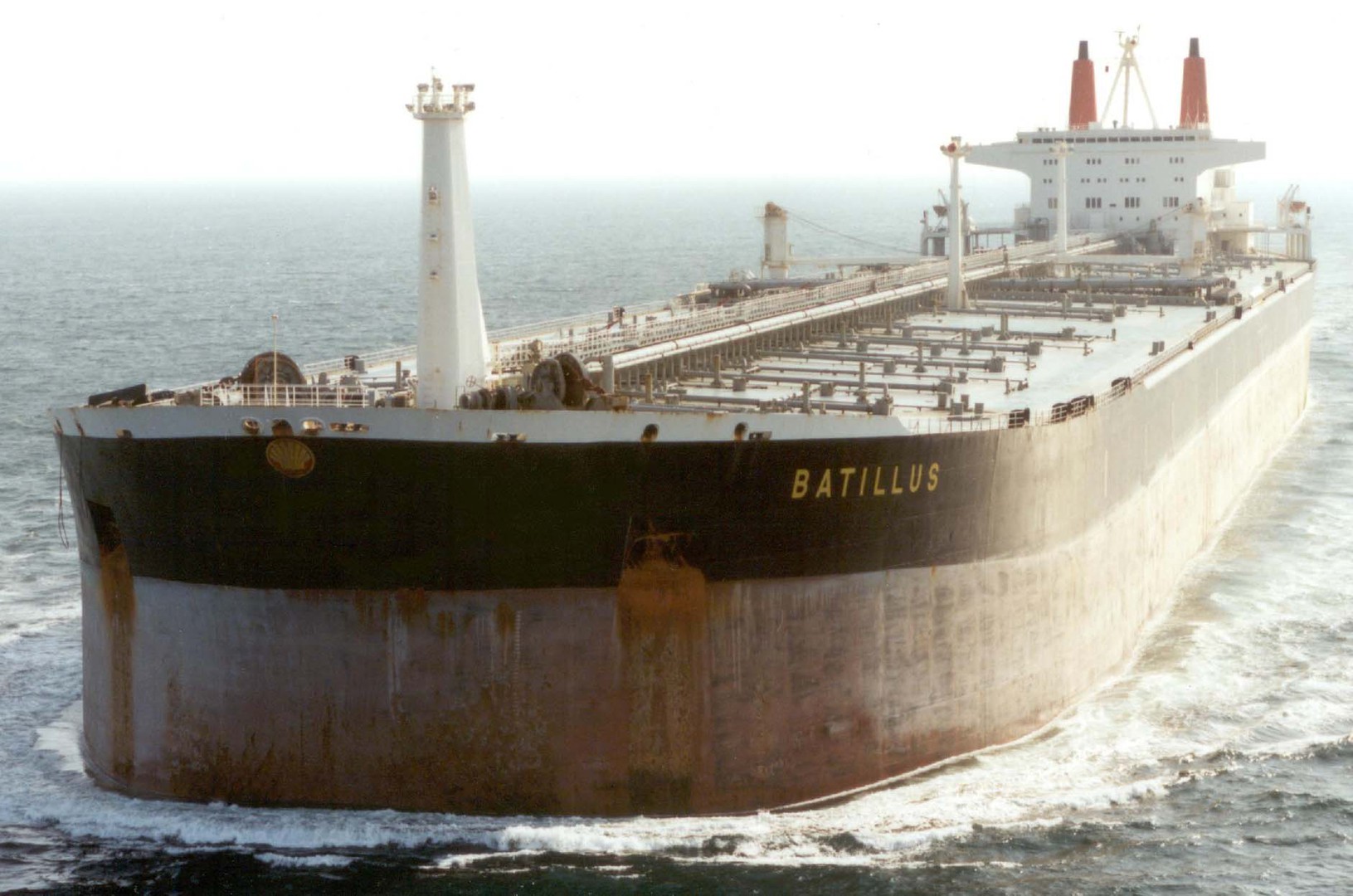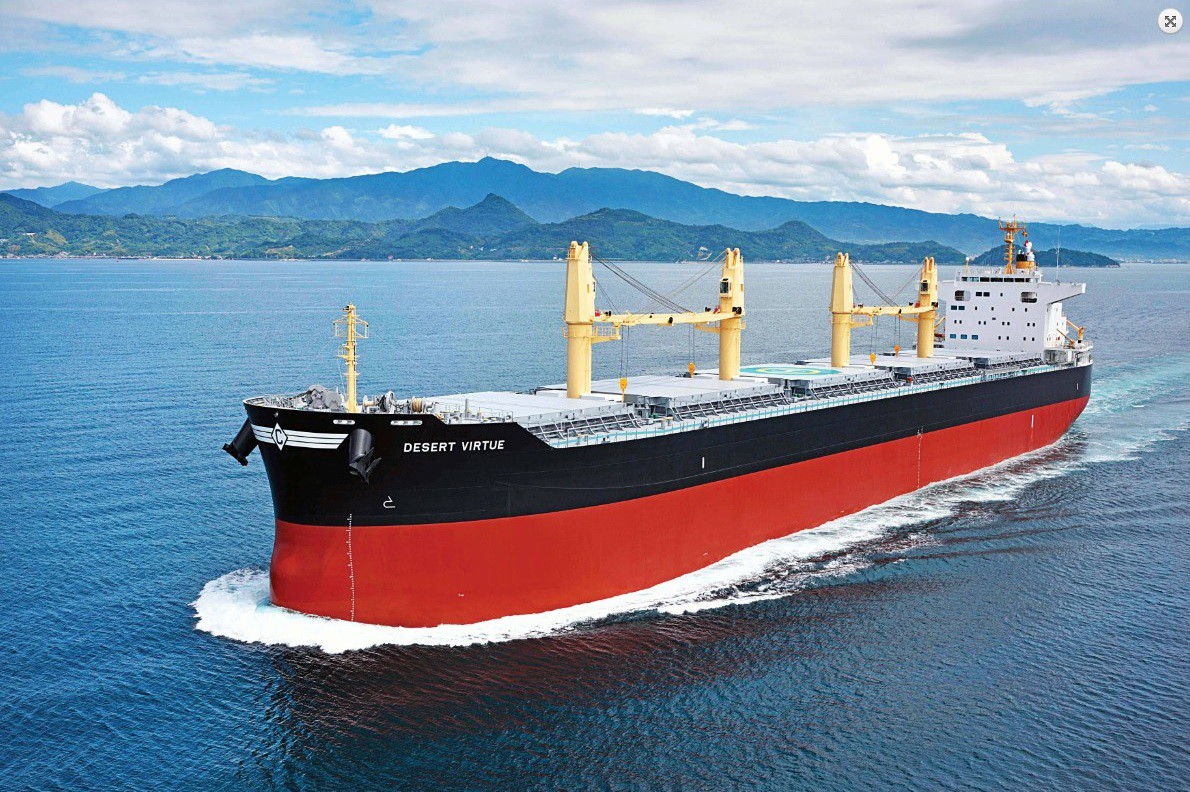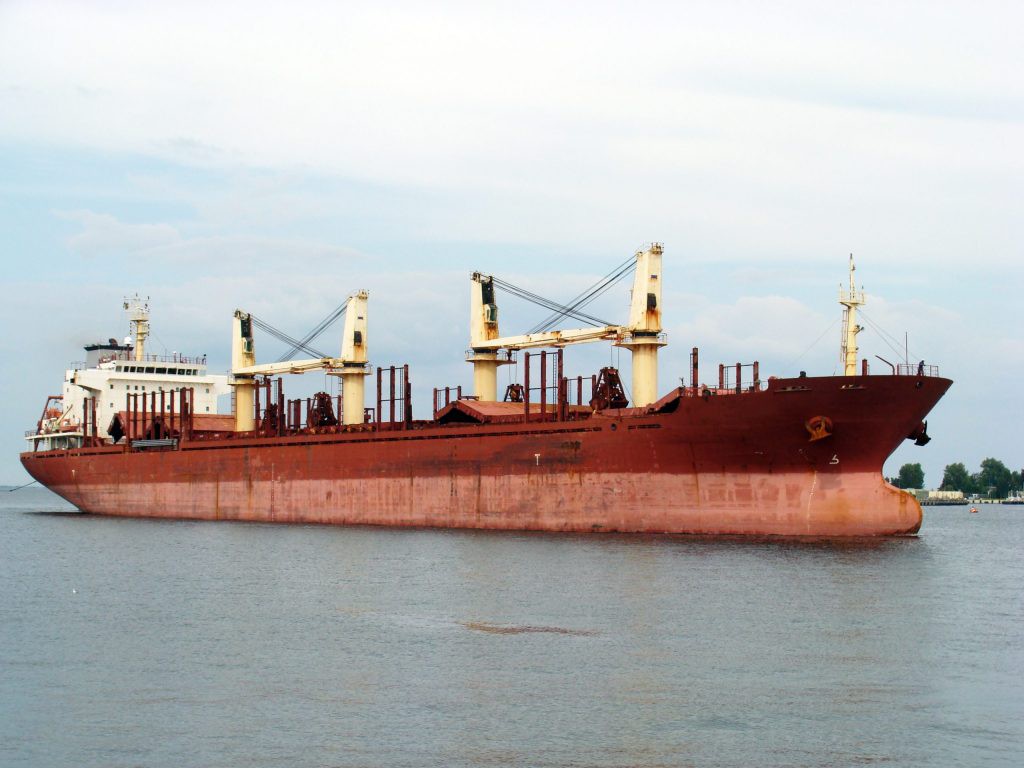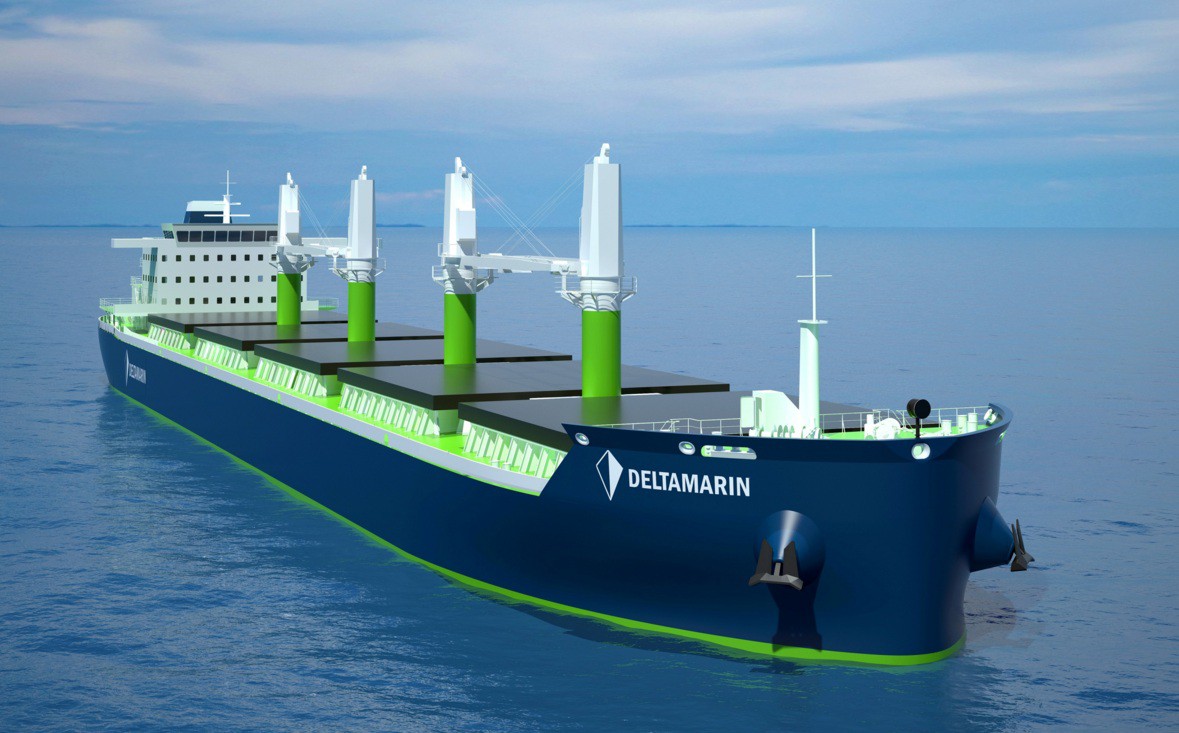Bulk carriers. Main characteristics and types of cargo transported

One of the most common types of cargo ships today are dry cargo ships or, as they are also called, bulk carriers. They are designed for transporting bulk bulk cargo, for example, coal, grain, ores of various metals. There is also a separate category of oil carrier (OBO) vessels, which can be used both for the transportation of bulk cargo and liquid cargo (crude oil).
A little history

Dry cargo ships first appeared in the seas in the middle of the 19th century; the official date of birth of bulk carriers is considered to be 1852, when the coal miner John Bowes was launched in England. They were consistently improved, as was the official interpretation of the term “Bulker”. One of the latest documents giving an official definition of this category of ships is the 1999 SOLAS Convention.
Today, the share of bulk carriers (bulk cargo ships) in the total structure of the merchant fleet is 21%. Their largest operators are Panama, Greece, Japan, and China. A significant portion of the world's bulk shipbuilding takes place in South Korea and other Asian countries (82% of all new production).
According to experts, the volume of the bulk carrier fleet for transporting bulk unpackaged cargo will only increase in the future.
Initially, the loading/unloading of bulk cargo was carried out using the most primitive technologies, as a result of which the processing of some ships could take more than a month. But soon belt conveyors appeared, significantly simplifying cargo operations.
If initially the merchant fleet was steam-powered, then in 1911 the first bulk cargo ship with a diesel power plant appeared, which later became a classic for ships of the civil fleet. As technology developed, there was a gradual increase in the size of bulk carriers, as a result of which today a comprehensive system of their classification has been formed according to several criteria.
General rules of construction and operation

In shipbuilding today there are strict requirements and standards for the performance of work. For the dry cargo fleet, the main standard is the General Structural Rules (CSR), compliance with which is an additional advantage when assessing a particular sea vessel.
In accordance with SOLAS requirements, an Extended Ship Survey Program (ESP) is carried out for seagoing vessels, which determines the suitability of the vessel for further operation.
All standard requirements for ensuring the safe transportation of goods by sea, environmental protection, fire safety requirements and compliance with labor safety standards for crews are applied to them.
Types of bulk carriers

Currently, a standard classification system for seagoing vessels is used for bulk carriers, based on their carrying capacity and ability to pass through major shipping channels.
Depending on the size of the vessel, it is customary to distinguish the following sizes of bulk carriers:
Mini Bulk Carriers.
These ships have a deadweight of less than 10 thousand tons. Their design provides less than 5 holds, and they themselves are often used for transporting not only bulk cargo, but also general cargo.
Small bulk carriers.
Their deadweight ranges from 10-25 thousand tons, the number of holds is also less than five. These are universal vessels for general and bulk cargo.
Handy Size.
Category of sea vessels with a deadweight of 25-40 thousand tons and five holds. They are universal in the type of cargo transported.
Handymax.
Bulk carriers with a deadweight of 40-60 thousand tons. Their design provides for the presence of five holds. Most often they carry bulk cargo (coal, grain), but can also be used to transport general cargo, for example, metal.
Panamax.
Such vessels have a deadweight of up to 100 thousand tons and size restrictions that allow passage through the Panama Canal (maximum hull width 32.2 meters). The design provides for the presence of 7 holds, and they are used in most cases for bulk bulk cargo.
Post-Panamax.
Newly built bulk carriers with deadweight increased to 120 thousand tons, designed to pass through the new locks of the Panama Canal. Such ships can have up to 9 holds.
Capesize.
These are large specialized vessels up to 200 thousand tons, designed for transporting bulk cargo between Europe and Asian countries with passage through the Suez Canal. Such vessels do not have their own loading/unloading mechanisms.
VLBС.
The tonnage of these giants exceeds 200 thousand tons; they were created for sailing around Africa and lack any mechanisms for loading and unloading operations. The number of holds is from 9 or more.
Division by body design

Another classification division of bulk carriers is based on the hull design:
Ordinary cargo ship.
Its hull is divided into holds, closed with sliding lids. Cranes and other cargo devices are installed on the deck for loading/unloading on your own. This is especially true for ports with poor technical equipment. Depending on their size, such vessels can have up to 9 holds or more. Such Bulkers are most widespread today due to their versatility and ability to work with a wide range of cargo.
Combined bulk carriers.
This is a more expensive category of ships, which has the ability to transport liquid cargo, such as crude oil, in its holds. Accordingly, their design is more reliable, and a pipeline system for pumping is provided on board, which is their main visual difference. The peak of development of this type of vessel, which has an abbreviated English designation (OBO), occurred in the 70s, but recently there have been fewer and fewer of them.
Gearless Bulk.
A group of ships that does not have its own crane and other loading and unloading equipment. Cargo operations are carried out exclusively by the port infrastructure. Most often these are large vessels operating between ports with highly efficient transshipment complexes. Their main advantage is cost-effectiveness in operation due to less equipment on board and a reduced crew.
Self-unloading bulk carriers.
Specialized vessels equipped with conveyors and other equipment for unloading cargo. The presence of such systems on board allows unloading to be carried out in any conditions, including on roads with reloading onto barges or at unequipped berths. As a result, there are practically no operating restrictions for such vessels.
"Lakers".
A specialized type of small bulk carrier designed to operate on the Great Lakes in the United States and Canada. They are adapted for passage through locks, so their maximum dimensions cannot be more than 300x32 meters with a draft of up to 15 meters. Small Lakers are characterized by a forward pilothouse position, and freshwater use makes them more durable.
BIBO.
A modern type of bulk carrier that involves packing initially unpacked cargo into big bags or other containers during loading. As a result, loading is carried out for bulk cargo, and unloading is already underway for general cargo in containers. This ability of the vessels is highly valued in the market, but they themselves are much more expensive compared to traditional bulk carriers. The main advantage in this case is a reduction in the time spent at the unloading port due to higher productivity.
Bulk carriers with open holds.
Vessels of this type do not have traditional covers, and their internal cargo space is as open as possible for cargo operations. They can be used for transporting timber, and cargo work is carried out using ship gantry cranes with the ability to attach various lifting equipment.
Division by geography of use

Among the variety of bulk carriers, there are also specialized vessels that were originally built to operate in certain geographical areas and even individual ports. Among them it is worth highlighting:
Karsarmax.
Such ships were built specifically for work in the port of Kamsar on the island of New Guinea, from where ore raw materials are exported in large quantities. Their special feature is the maximum hull length of 229 meters, which is slightly longer than the length of Panamax bulk carriers.
Newcastlemax.
These are very large vessels designed to transport bulk cargo from the Australian port of Newcastle. The maximum length of the hull can reach 300 meters, and the width is 50 meters.
Setouchmax.
A series of bulk carriers designed to operate in the Japanese Inland Sea. The main limitation here is the deadweight of the vessel, set at 203 thousand tons.
Seawaymax.
This type of vessel is designed for passage along the St. Lawrence River in Canada, or rather its locks. Therefore, the maximum length of their hulls is limited to 226 meters, and the draft cannot exceed 7 meters 92 centimeters.
Malaccamax.
Large bulk carriers for passage through the Strait of Malacca, with a deadweight of up to 300 thousand tons. Size restrictions are 300 meters in length and no more than 20 meters in draft.
Dunkirkmax.
Bulk carriers are designed for unloading at the port of Dunkirk (France) and must have a hull length and width of no more than 289 and 45 meters, respectively. The maximum deadweight is limited to 175 thousand tons.
It is worth noting that against the background of the growth in maritime transport, including bulk cargo, the owners of the main shipping channels have modernized them in order to adapt to the average increase in the size of bulk carriers of the merchant fleet.
- Position:
- Electrician engineer
- Position:
- Chief mate
- Position:
- Motorman
- Service date:
- December 29, 2025
- Position:
- Cook
- Service date:
- January 15, 2026

